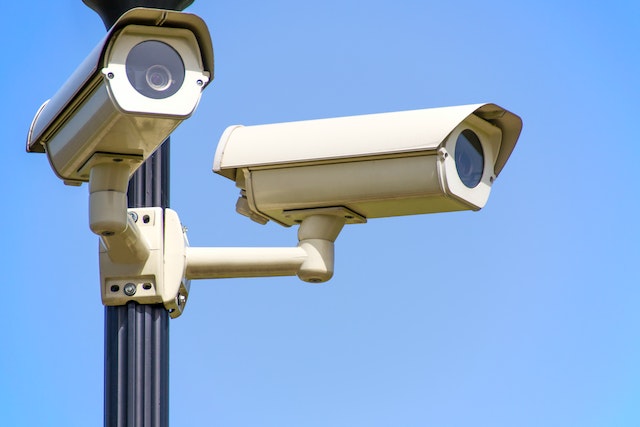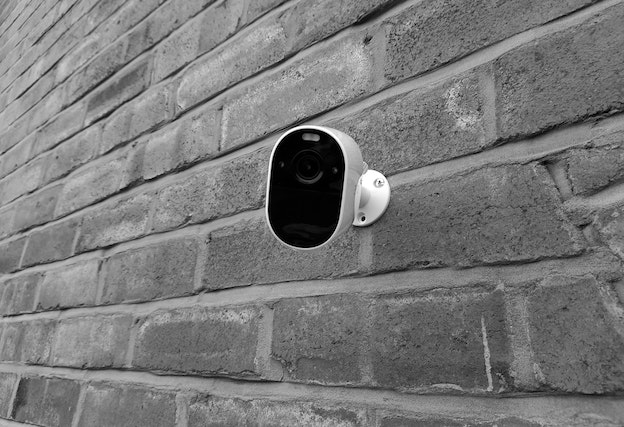
How to Subpoena Video Footage | A Step-by-Step Guide
The contents of this web page are for informational and educational purposes only, and nothing you read is intended to be legal advice. Please review our disclaimer before taking action based upon anything you read or see.
Whether you are an attorney, a party in a lawsuit, or just someone trying to acquire video evidence, obtaining video footage legally is crucial for ensuring its admissibility in court. A subpoena is an official document that commands someone to produce evidence or testify in a legal proceeding. If you need to access video footage that’s not in your possession, you will typically need to subpoena it. Below is a step-by-step guide on how to subpoena video footage.
How to Subpoena Video Footage

Determine Jurisdiction and Venue:
Before you draft a subpoena, determine the court in which your case is filed or will be filed. Different courts have different rules and forms for subpoenas.
Identify the Custodian:
Determine who has possession of the video footage. This could be a business, government entity, or individual. They are known as the custodian of the records.
Draft the Subpoena:
- Obtain the appropriate subpoena form for your jurisdiction. This can typically be found on the court’s website or at the clerk’s office.
- Fill in the case details, including the parties’ names, case numbers, and court names.
- Clearly describe the video footage you seek, including the date, time, and location.
- Specify the date by which the footage must be produced and how it should be delivered.
Serve the Subpoena:
- Most jurisdictions require that a subpoena be served personally. This means you may need to hire a process server or a law enforcement officer to deliver the subpoena to the custodian of the video footage.
- Make sure to serve the subpoena well before the date you need the footage, giving the custodian ample time to respond.
Wait for Compliance or Objection:
- The subpoena recipient has the right to object or move to quash it. If they have concerns about the legality or appropriateness of the request, they might challenge it in court.
- If the recipient does not respond or refuses to comply without a valid legal objection, you may need to seek a court order to enforce the subpoena.
Pay Costs:
- Some jurisdictions may allow the custodian to charge a reasonable fee for the time and resources it takes to retrieve and duplicate the footage. Be prepared to cover these costs.
Receive and Review the Footage:
- Once you have the footage, review it thoroughly to ensure it’s what you requested and clear and unaltered.
Ensure Admissibility in Court:
- Just because you’ve obtained the video footage doesn’t mean it’s automatically admissible in court. Ensure that it’s relevant, authentic, and not prejudicial. You should call a witness (like the person who recorded the video or a representative from the entity that stored it) to authenticate the footage in court.
Store Safely:
- Store the video footage in a secure location to maintain its integrity. Ensure you have backups, and consider keeping a log of who accesses the footage to maintain a chain of custody. Learn how to get surveillance video from a store.
Be Aware of Privacy Concerns:
- If the video footage contains sensitive or private information about individuals unrelated to the case, there might be legal and ethical considerations about its use. It’s crucial to consult with an attorney about how to handle such footage.
Remember, the rules and procedures can vary depending on the jurisdiction and the case specifics. Always consult a legal professional when submitting evidence to comply with all relevant laws and procedures.

I’m a driven and accomplished law graduate and post-graduate, passionate about sharing my legal expertise via my blog. I hold a Bachelor’s degree in Law from the University of London (UK) and a Master’s in Law from the University of Derby (UK). Both gave me the foundational knowledge and skills to excel in my chosen career path.
Throughout my academic journey, I have gained extensive knowledge in various fields of Law, including Corporate and Business Law in the USA, Criminal Law, International Law, US Copyright law, and most importantly, American Constitutional law.


Comments are closed.